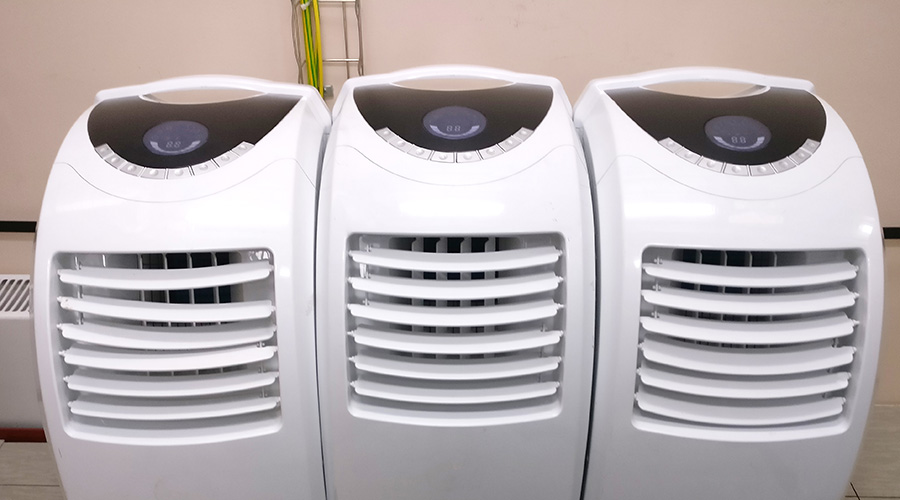Where Is the Best Place to Install Temporary HVAC Equipment?
One of the most important steps is determining the installation site for the temporary equipment. Central boilers and chillers tend to be large units. In most applications, mechanical rooms do not have sufficient space to house the temporary equipment and the equipment it is replacing.
Ideally, the temporary equipment would be located as close as possible to the original equipment to minimize temporary piping requirements. If the equipment is located at or near ground level near the building's outside wall, the equipment provider can bring in the temporary equipment on a flatbed trailer.
If the equipment is located in a building penthouse, managers will have to find a way to get the temporary equipment to that location or install piping to get the heating or chilled water into the distribution system.
To ease the installation of piping connections to buildings, some managers have installed blanked-off piping connections in walls outside main mechanical rooms. These connections, coupled with proper valves, allow for relatively quick connection of trailer- or pad-mounted temporary equipment.
Managers should not automatically assume the temporary equipment should be the same configuration as the equipment it is replacing. For example, installing several smaller, modular boilers in place of one large boiler might make installation quicker and less costly.
Similarly, replacing a water-cooled centrifugal chiller with multiple air-cooled rotary chillers eliminates the need to connect the chillers to the building's cooling tower, again speeding installation and reducing installation costs.
Above all, developing the HVAC emergency preparedness plan before trouble arises allows managers to identify and evaluate options without facing considerable pressure to restore normal operations.
James Piper, P.E., is a national facilities management consultant based in Bowie, Md. He has more than 25 years of experience in facilities maintenance and management issues.
Related Topics:
















